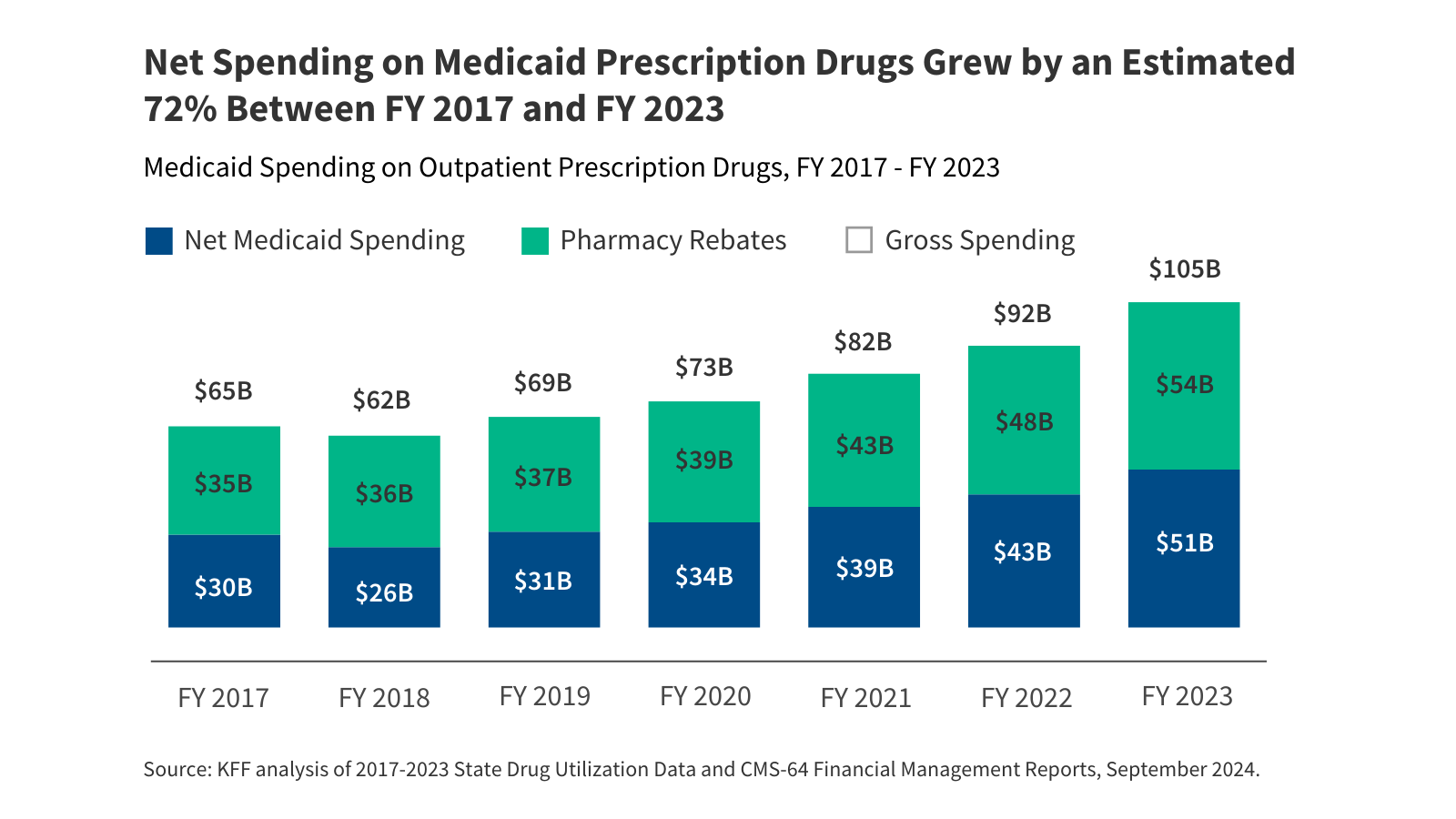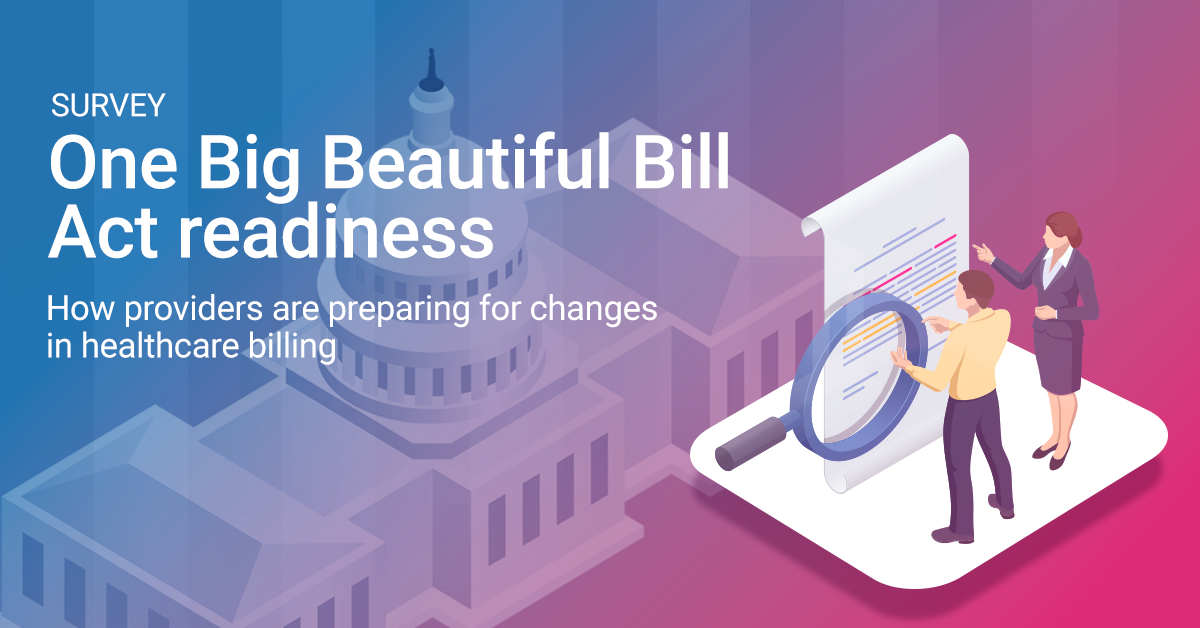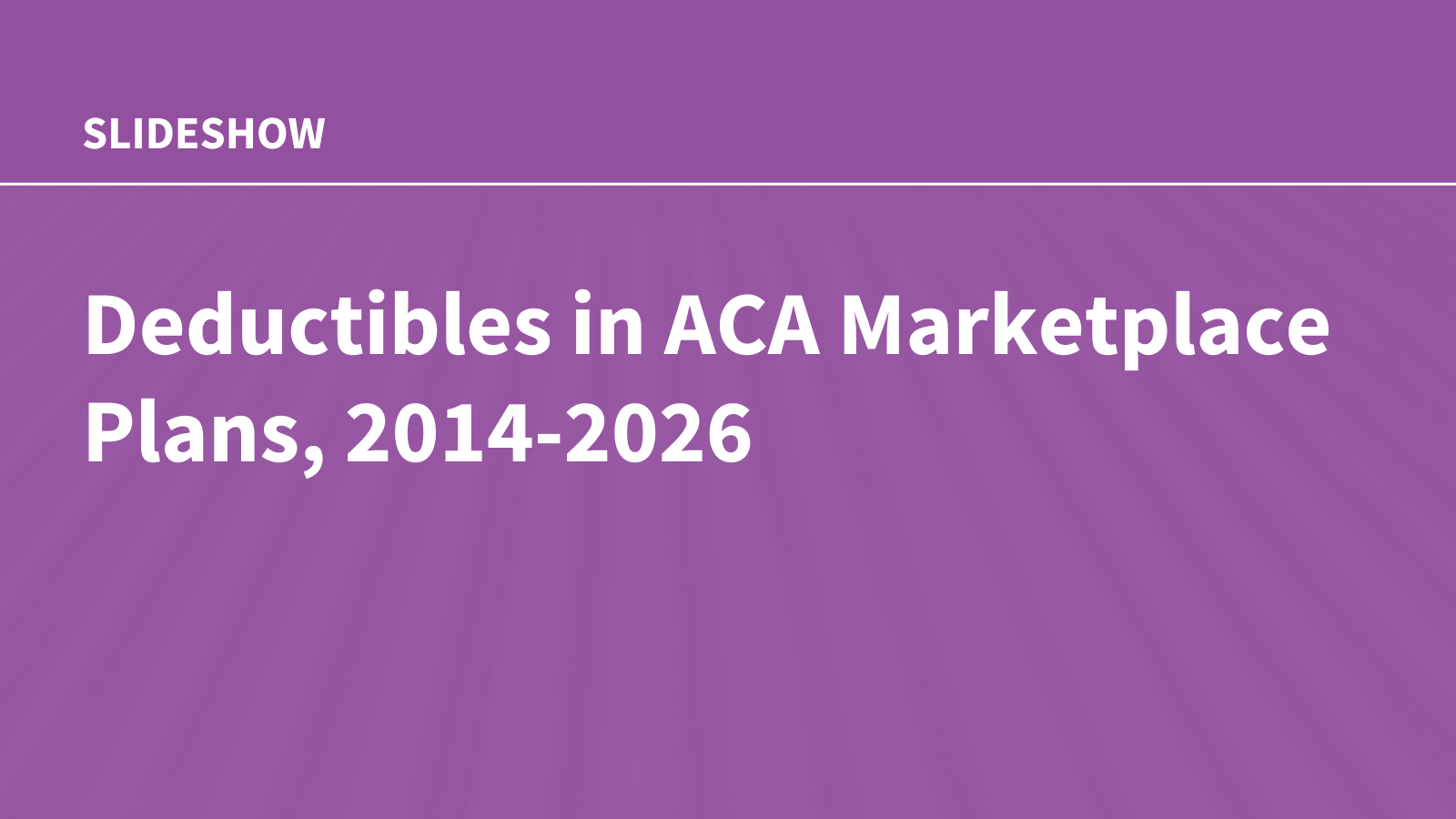Managing the Medicaid prescription drug benefit and pharmacy expenditures is a long-standing policy priority for state Medicaid programs. Prescription drugs account for approximately 6% of total Medicaid spending, and Medicaid gross and net spending on prescription drugs continues to rise, in part due to the emergence of new, high cost drugs, including anti-obesity medications and cell and gene therapies that treat, and sometimes cure, rare diseases. Under the federal Medicaid Drug Rebate Program (MDRP), states must cover nearly all FDA-approved drugs from rebating manufacturers, but most states are in the process of implementing various cost containment initiatives to combat rising pharmacy costs such as value-based purchasing arrangements and pharmacy benefit manager (PBM) reforms. There have also been various federal actions to address high prescription drug costs in recent years, including the passage of the Inflation Reduction Act, the lifting of the rebate cap, and a recently finalized federal rule aimed at strengthening the MDRP.
At the same time, the COVID-19 pandemic and the pandemic-related continuous enrollment provision substantially affected Medicaid enrollment and spending trends as well as Medicaid prescription drug trends and will continue to impact trends as states wrap up the unwinding of the continuous enrollment provision. The outcome of the election could also have major implications for the future of Medicaid, including Medicaid prescription drug spending and access given the Trump Administration and Biden-Harris Administration diverging records on the topic. This issue brief describes recent trends in the number of Medicaid outpatient prescriptions and the spending on those drugs and examines how the pandemic and pandemic-era policies may have impacted those trends. Key findings include:
- The number of Medicaid prescriptions each year was on the decline until FY 2020 when the trend reversed; however, the number of prescriptions only increased by 3% overall from FY 2017 to FY 2023 and the number of prescriptions per enrollee declined.
- At the same time, net spending (spending after rebates) on Medicaid prescription drugs is estimated to have increased by 72%, from $30 billion in FY 2017 to $51 billion in FY 2023, likely driven by the emergence of new high-cost specialty drugs.
- Rebates reduce Medicaid spending on prescription drugs by over half, but the decrease is larger for fee-for-service (FFS) drug spending.
What are recent trends in the number of Medicaid prescriptions?
The number of prescriptions paid for by Medicaid each year was on the decline until FY 2020 when the trend reversed; however, the number of prescriptions only slightly increased overall from FY 2017 to FY 2023 and the number of prescriptions per enrollee declined (Figure 1). After declining from FY 2017 to FY 2020, the number of Medicaid prescriptions increased by 11% from FY 2020 to 2023 potentially reflecting enrollment growth during the continuous enrollment period. However, Medicaid prescriptions remained below FY 2017 levels until FY 2023, with the total number of prescriptions only increasing by 3% overall from FY 2017 to FY 2023. At the same time, the number of Medicaid prescriptions per person has declined by over 2 prescriptions per person since FY 2017. This could point to lower drug utilization during the continuous enrollment provision or increases in the number of days supplied per prescription (this analysis does not account for days supply, see Methods for more information). When the pandemic hit, many states relaxed their 30-day drug dispensing limits, which allowed for more 90-day prescriptions and likely contributed to trends seen here.
What are recent trends in Medicaid prescription drug spending?
Net spending (spending after rebates) on Medicaid prescription drugs is estimated to have grown substantially in recent years, increasing from $30 billion in FY 2017 to $51 billion in FY 2023, a 72% increase (Figure 2). Since FY 2017, gross Medicaid spending (spending before rebates) on Medicaid outpatient prescription drugs has grown by 62%. The difference between net and gross spending is drug rebates. Under the MDRP, drug manufacturers provide rebates to the federal government and states in exchange for Medicaid coverage of their drugs, and a Congressional Budget Office study found these rebates result in lower net drug prices in Medicaid compared with other federal programs. Growth in rebates on Medicaid prescription drugs was slower than gross spending growth over the period, with rebates increasing 54% from FY 2017 to FY 2023. The emergence of new high-cost specialty drugs, including new cell and gene therapies, is likely a key driver in spending increases, and studies show launch prices for new drugs have increased. Studies have also found substantial drug price increases beyond the rate of inflation in recent years. Overall, net Medicaid spending per prescription increased from $39 in FY 2017 to $65 in FY 2023, though recent changes in the number of days a prescription is supplied for could also be contributing to increases. Overall, net Medicaid spending on prescription drugs accounted for an estimated 6% of total Medicaid benefit spending in FY 2023, only a small increase from FY 2017 (5.2%).
Rebates reduce Medicaid spending on prescription drugs by over half, but the decrease is larger for fee-for-service (FFS) drug spending (Figure 3). Over the period, the share of gross spending rebates accounted for has also declined slightly from 54% in FY 2017 to 51% in FY 2023 (Figure 2). In 2023, drug rebates comprised 61% of gross FFS spending but only 44% of gross managed care organization (MCO) spending. There are several possible reasons for that difference:
- One study found the structure of the rebate program may incentivize the use of generic or lower priced drugs in MCOs since MCOs do not receive statutory rebates. States do receive a portion of statutory rebates (which are typically higher for brand drugs), so there may be muted incentive to shift to generics in FFS.
- Some states also carve out specific drugs or drug classes from managed care, typically targeting high-cost, brand drugs (which have higher rebates).
- While capitated managed care is now the predominant delivery system for Medicaid in most states, managed care penetration rates for different eligibility groups can vary by state. Adults ages 65+ and people eligible through disability are less likely to be enrolled in MCOs and may require more specialty brand medications which typically have higher rebates.
- This analysis does not include any supplemental rebates that may be negotiated between managed care plans and manufacturers, but does include supplemental rebates negotiated between state Medicaid agencies and manufacturers.
Methods |
|
Number of Prescriptions and Gross Spending Data: This analysis uses 2016 through 2023 State Drug Utilization Data (SDUD) (downloaded in September 2024) converted to federal fiscal year (FY) 2017 through FY 2023. The SDUD is publicly available data provided as part of the Medicaid Drug Rebate Program (MDRP), and provides information on the number of prescriptions, Medicaid spending before rebates, and cost-sharing for rebate-eligible Medicaid outpatient drugs by NDC, quarter, managed care or fee-for-service, and state. It also provides this data summarized for the whole country. The data do not include information on the number of days supplied in each prescription. CMS has suppressed SDUD cells with fewer than 11 prescriptions, citing the Federal Privacy Act and the HIPAA Privacy Rule. This analysis used the national totals data because less data is suppressed at the national versus state level. Rebate Data: This analysis uses CMS-64 Financial Management Reports (FMR) for FY 2017 through FY 2023 (downloaded in August 2023). These reports include total Medicaid expenditures broken out by various service categories, and this analysis pulls out the drug rebate line items, separating them by managed care or fee-for-service rebates. The rebate data used includes statutory rebates, state supplemental rebates, rebates under the ACA offset, rebates from VBAs, and rebates for opioid use disorder medication assisted treatment. Supplemental rebate agreements negotiated between Medicaid managed care plans and manufacturers are not included. The rebates collected in the CMS-64 were subtracted from the gross spending totals from the SDUD to estimate net Medicaid spending on prescription drugs each fiscal year. Limitations: There are a number of limitations to the estimates of Medicaid prescriptions and spending found in this analysis, including:
|
Publisher: Source link










